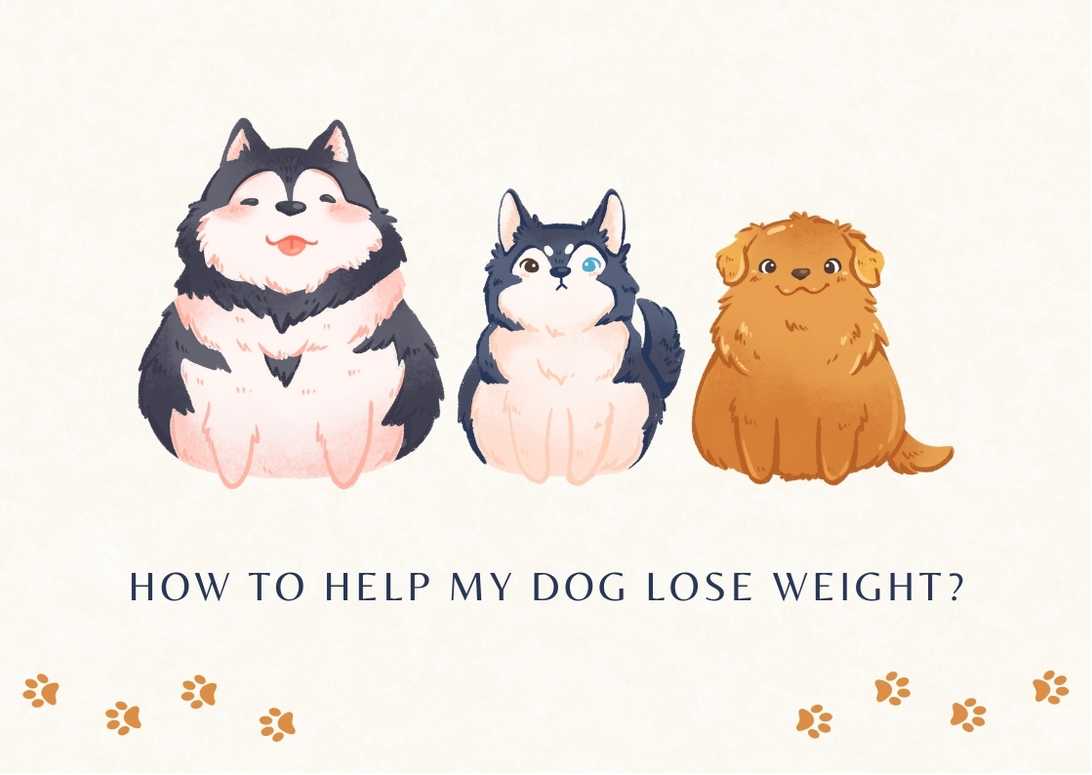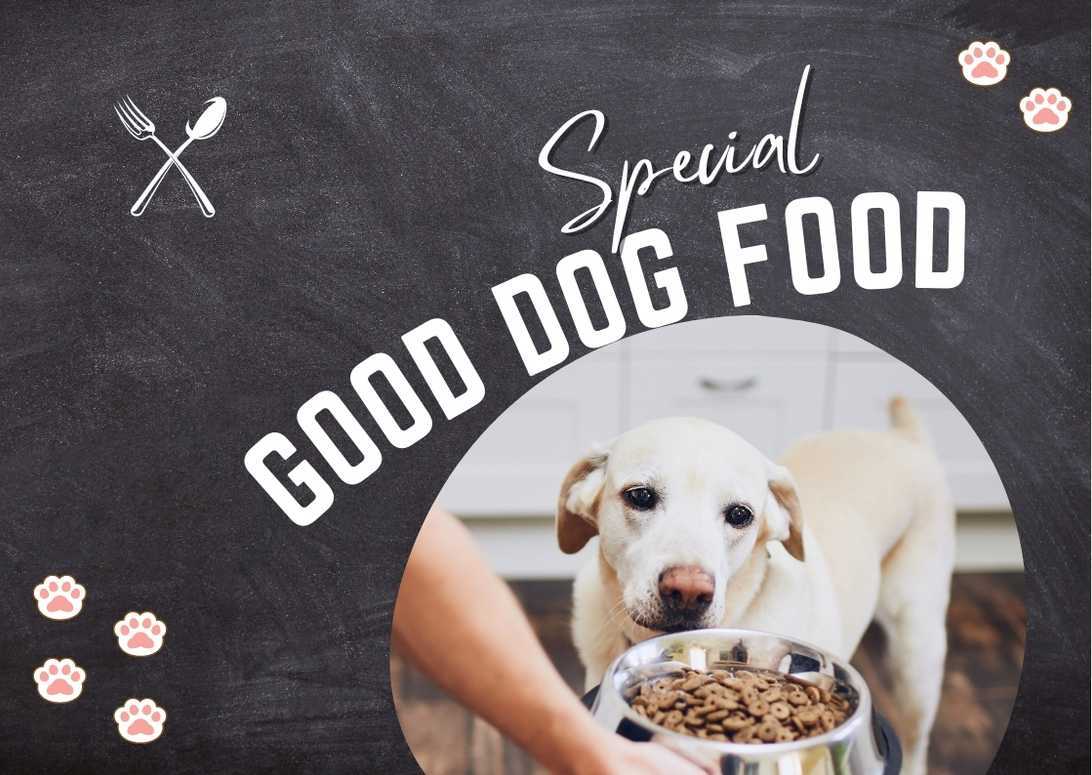How To Treat Hemorrhagic Gastroenteritis In Dogs At Home
Did you know that hemorrhagic gastroenteritis (HGE) is a common and potentially life-threatening condition in dogs? If your furry friend is experiencing symptoms such as vomiting, diarrhea, and lethargy, it’s important to act quickly.
In this article, I will guide you through the steps to treat HGE at home. From understanding the causes and symptoms to adjusting your dog’s diet and providing proper hydration, we’ll cover everything you need to know to help your pup recover.
Understand the Symptoms and Causes of Hemorrhagic Gastroenteritis
You need to understand the symptoms and causes of hemorrhagic gastroenteritis in dogs. This condition is characterized by severe vomiting and diarrhea, often containing blood. It can be alarming for pet owners to witness their furry friend going through such distressing symptoms.
The exact cause of hemorrhagic gastroenteritis is not fully understood, but it is believed to be caused by a combination of factors including bacterial infections, dietary indiscretion, stress, and immune system abnormalities.
Symptoms of hemorrhagic gastroenteritis may include sudden onset vomiting, bloody diarrhea, loss of appetite, abdominal pain or discomfort, dehydration, and lethargy. If you notice any of these symptoms in your dog, it is important to seek veterinary attention as soon as possible.
Consult with a veterinarian for proper diagnosis and treatment. They will perform a thorough physical examination and may recommend additional tests such as blood work or fecal analysis to rule out other potential causes. Treatment typically involves supportive care such as fluid therapy to address dehydration and electrolyte imbalances, medications to control vomiting and diarrhea, and dietary changes.
Remember that early intervention is key when dealing with hemorrhagic gastroenteritis in dogs. So if you suspect your dog may be suffering from this condition based on the symptoms described above, don’t hesitate to consult with a veterinarian for prompt diagnosis and appropriate treatment options.
Consult with a Veterinarian for Proper Diagnosis and Treatment
To properly diagnose and treat hemorrhagic gastroenteritis in dogs, it is important to consult with a veterinarian. A veterinary consultation is crucial because they have the knowledge and experience to accurately diagnose the condition and recommend appropriate treatment options. While there are some home remedies that can help alleviate symptoms, it is always best to seek professional advice.
During a veterinary consultation for hemorrhagic gastroenteritis, your vet may perform a physical examination to assess your dog’s overall health. They may also recommend diagnostic tests such as blood work or fecal analysis to rule out other possible causes of the symptoms. Based on their findings, they will be able to provide a proper diagnosis and create an individualized treatment plan for your dog.
In some cases, home remedies like fasting for 24 hours or providing small frequent meals of bland food may be recommended by your veterinarian. However, it is important to follow their guidance closely as every dog’s situation is unique.
Transition: Once you have consulted with a veterinarian and received proper diagnosis and treatment recommendations, you can then adjust your dog’s diet to promote healing…
Adjust Your Dog’s Diet to Promote Healing
Once your veterinarian has provided a proper diagnosis and treatment plan, they may recommend adjusting your furry friend’s diet to aid in their healing process.
One option is to consider dog food alternatives that are specifically formulated for dogs with gastrointestinal issues. These alternative diets usually contain easily digestible ingredients such as lean proteins like chicken or turkey, as well as easily digestible carbohydrates like rice or sweet potatoes.
Another option is to incorporate natural remedies into your dog’s diet, such as probiotics or digestive enzymes. These can help promote a healthy gut flora and aid in digestion.
It’s important to follow the recommendations of your veterinarian when making dietary changes for your dog. They may recommend starting with small portions of the new food and gradually increasing it over time to prevent any further upset stomachs. Additionally, it’s crucial to monitor your dog closely during this transition period to ensure that they are tolerating the new diet well.
By adjusting your dog’s diet to one that promotes healing, you can contribute significantly to their recovery from hemorrhagic gastroenteritis.
Providing plenty of fluids to prevent dehydration is another essential aspect of their care, which we will discuss in the next section without delay.
Provide Plenty of Fluids to Prevent Dehydration
Make sure your dog has access to plenty of fluids to prevent dehydration during their recovery. Fluid therapy is an essential part of managing hemorrhagic gastroenteritis in dogs at home. Providing adequate hydration is crucial for supporting their overall health and promoting healing. Here are some important points to remember about fluid management:
- Offer water: Make sure fresh, clean water is readily available for your dog at all times. Encourage them to drink frequently by placing multiple bowls around the house.
- Electrolyte solutions: Consider offering electrolyte solutions specifically designed for dogs, which can help replace lost electrolytes and maintain proper hydration levels.
- Ice cubes or broth: If your dog is reluctant to drink, try offering ice cubes made from chicken or beef broth. The enticing smell and taste may encourage them to stay hydrated.
- Monitor urine output: Keep an eye on the color and frequency of your dog’s urine as it can provide valuable information about their hydration status. Dark or concentrated urine may indicate dehydration.
- Consult with your veterinarian: If you notice any signs of worsening dehydration despite providing fluids, consult with your veterinarian promptly for further guidance.
By ensuring adequate fluid intake, you can help prevent dehydration and support your dog’s recovery from hemorrhagic gastroenteritis.
In the next section, we will discuss how to monitor your dog’s progress and when it may be necessary to seek veterinary care without delay.
Monitor Your Dog’s Progress and Seek Veterinary Care if Necessary
Keep a close eye on your dog’s recovery progress and don’t hesitate to reach out to a veterinarian if needed. Monitoring your dog’s progress is crucial when treating hemorrhagic gastroenteritis at home. While providing plenty of fluids and adjusting their diet can help alleviate symptoms, it is important to ensure that your dog is responding positively to these measures.
Firstly, observe any changes in their bowel movements. Monitor the frequency, consistency, and color of their stools. Look for improvements such as a decrease in diarrhea or the presence of firmer stools. Additionally, keep an eye on their appetite and energy levels. If your dog continues to refuse food or appears lethargic despite your efforts, it may be time to consult with a vet.
In addition to monitoring their physical symptoms, pay attention to any behavioral changes as well. Dogs experiencing gastrointestinal issues may exhibit signs of discomfort such as restlessness or excessive panting. It’s essential to address these symptoms promptly by seeking veterinary care if necessary.
Transition: As you continue monitoring your dog’s progress and ensuring proper hydration, it is equally important to create a calm and stress-free environment for their recovery process.
Create a Calm and Stress-Free Environment for Your Dog’s Recovery
Creating a calm and stress-free environment for your dog’s recovery is crucial in aiding their healing process. It not only promotes their physical well-being but also supports their mental health during this challenging time. Here are some relaxation techniques to help create a peaceful atmosphere for your furry friend:
- Provide a quiet space: Designate a comfortable area where your dog can rest undisturbed. Make sure it is away from noise, excessive activity, and other pets.
- Use soothing scents: Consider using lavender or chamomile essential oils, known for their calming effects on dogs. Dilute the oil and add a few drops to a diffuser or spray bottle.
- Play gentle music: Soft classical or instrumental melodies can have a soothing effect on dogs, helping them relax and unwind.
- Massage therapy: Gently massaging your dog’s muscles can alleviate tension and promote relaxation. Consult with your vet about proper techniques.
By implementing these techniques, you are creating an environment that will assist in reducing stress and anxiety for your dog’s recovery from hemorrhagic gastroenteritis.
Taking preventative measures to avoid future episodes of this condition is equally important in ensuring the well-being of your furry companion. In the next section, we will explore preventative measures that can be taken to avoid hemorrhagic gastroenteritis in the future.
Preventative Measures to Avoid Hemorrhagic Gastroenteritis in the Future
Now that you have created a calm and stress-free environment for your dog’s recovery from hemorrhagic gastroenteritis, it is important to focus on preventative measures to avoid a recurrence of this condition in the future. Taking proactive steps can help ensure your furry friend stays healthy and happy.
Preventative measures play a crucial role in safeguarding your dog against hemorrhagic gastroenteritis. First and foremost, maintaining good hygiene practices is essential. Regularly disinfecting food and water bowls, as well as cleaning up after your dog promptly, will help prevent the spread of harmful bacteria or viruses.
Another key aspect of preventative care is ensuring that your dog receives regular veterinary check-ups. Routine examinations allow the veterinarian to monitor your pet’s overall health and catch any potential issues early on.
Additionally, providing a balanced diet that meets their nutritional needs can strengthen their immune system and reduce the risk of gastrointestinal problems. Avoid feeding them table scraps or foods that are known to cause digestive upset.
Lastly, long-term care involves keeping an eye out for any changes in your dog’s behavior or appetite, as these could be early signs of illness. By taking these preventative measures into account, you can significantly decrease the likelihood of hemorrhagic gastroenteritis occurring again in the future and keep your beloved companion healthy for years to come.
Frequently Asked Questions
Can I use over-the-counter medications to treat hemorrhagic gastroenteritis in dogs at home?
Over-the-counter medications may be ineffective in treating hemorrhagic gastroenteritis in dogs and can have potential risks and side effects. It is best to consult a veterinarian for proper diagnosis and treatment options.
How long does it typically take for a dog to recover from hemorrhagic gastroenteritis?
It typically takes a dog a few days to a week to recover from hemorrhagic gastroenteritis. However, the recovery time may vary depending on the severity of the condition and any potential complications that may arise.
Are there any home remedies that can help alleviate the symptoms of hemorrhagic gastroenteritis in dogs?
There are a few natural remedies that can help alleviate the symptoms of hemorrhagic gastroenteritis in dogs. Making dietary changes, such as feeding a bland diet and providing probiotics, can provide relief and support their recovery.
Can stress or anxiety worsen the symptoms of hemorrhagic gastroenteritis in dogs?
Stress and anxiety can exacerbate the symptoms of hemorrhagic gastroenteritis in dogs. Effective stress management techniques, such as exercise, relaxation exercises, and alternative therapies like acupuncture or aromatherapy, may help alleviate these symptoms.
Is it normal for a dog with hemorrhagic gastroenteritis to have a decreased appetite?
It is normal for a dog with hemorrhagic gastroenteritis to have a decreased appetite. Causes of decreased appetite can include nausea and discomfort. Managing appetite loss in dogs may involve offering small, frequent meals and providing easily digestible food options.
Conclusion
In conclusion, it is crucial to understand the symptoms and causes of hemorrhagic gastroenteritis in dogs. By consulting with a veterinarian and adjusting your dog’s diet, you can effectively treat and prevent this condition. Providing fluids and monitoring their progress are also important steps in their recovery. Creating a calm environment for your dog can help them heal and prevent further complications. Taking preventative measures, such as maintaining good hygiene and avoiding exposure to contaminated environments, is key to avoiding future episodes. Remember, your furry friend’s well-being should always be a top priority. So let’s take care of our canine companions and ensure their recovery is as smooth as a serene sunrise over a tranquil sea.








